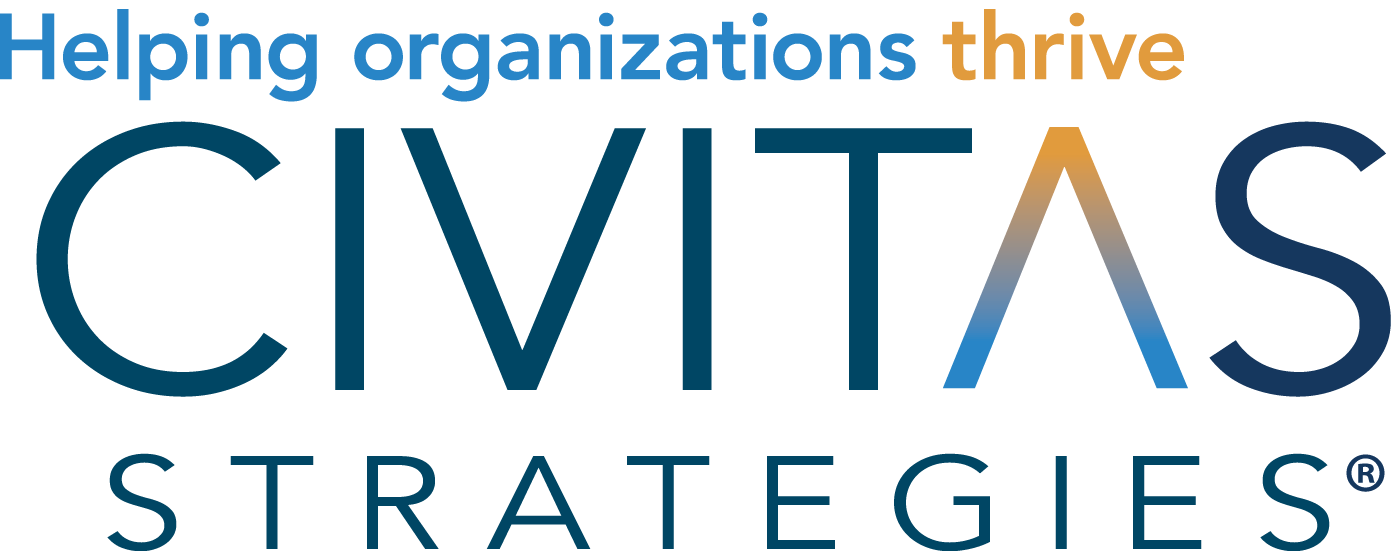Depreciation: What You Need to Know
Understanding depreciation and how it impacts your child care business
Depreciation can be one of the trickiest tax topics for home-based child care providers to wrap their heads around. But if you’ve ever purchased a big-ticket item—like a van, a new roof, or even a set of furniture over $2,500—you’ve likely come across it without realizing.
Simply put, depreciation changes when you can deduct certain expenses. Instead of writing off the entire cost at once, the IRS requires you to spread the deduction over several years. That’s why understanding depreciation is key to avoiding surprises at tax time.
Why Depreciation Matters
When you have a regular business expense—say you buy $100 worth of craft supplies—you can deduct the full $100 in the same year. That expense directly offsets your income, lowering your taxes for that year.
But with depreciation, things work differently. For example, let’s say you spend $20,000 in revenue on a van for your child care business. Instead of deducting the full $20,000, you may only deduct $4,000 in the first year. That leaves $16,000 in taxable income—even though you already spent the money. The rest of the deduction is spread out over future years.
Depreciation doesn’t mean you lose the deduction; it just means you claim it slowly over time.
What Is Depreciation?
The IRS requires you to depreciate purchases that:
Will be used for more than one year, and
Cost more than $2,500 (per item).
This rule applies to many assets in your business, including:
Furniture
Appliances (dishwashers, washers/dryers, etc.)
Computers and electronics
Vehicles
Buildings and major renovations
Instead of writing off the full cost in one year, you’ll claim part of the expense each year until the cost is fully deducted.
Key Terms to Know
Asset: A single item you buy to help produce income for your business. Example: a $3,000 sofa is an asset; ten $300 chairs are not (since each chair is under $2,500).
Basis: The full cost of an asset, including purchase price, tax, shipping, and set-up costs.
Depreciation: The process of spreading out a deduction for an asset over several years.
Improvement: A renovation that adds value or extends the life of property (like a new roof).
Repair: Fixing normal wear and tear (like replacing a few shingles). Repairs are usually deducted in one year.
Time-Space Percentage: A calculation unique to home-based child care that determines what portion of your home or property can be deducted for business purposes. You must apply time-space before calculating depreciation.
Is Your Purchase Subject to Depreciation?
Use these questions to decide:
Is it “ordinary and necessary” for your business?
If yes, continue. If no, it’s a personal expense.
Will it last more than one year?
If yes, continue. If no, deduct as a regular expense.
Does it cost more than $2,500 per item?
If yes, continue. If no, deduct it in one year under the “safe harbor” rule.
Is it a repair or maintenance cost?
If yes, deduct it in one year. If no, it’s subject to depreciation.
Bottom Line
Depreciation isn’t meant to trip you up—it’s the IRS’s way of spreading deductions for larger purchases over time. For child care providers, this can mean higher taxes in the year of purchase but lower taxes in future years.
The key takeaway:
Purchases under $2,500? Deduct right away.
Repairs and maintenance? Deduct right away.
Larger, long-term assets? Prepare to depreciate.
Understanding how depreciation works helps you plan better, avoid unexpected tax bills, and make smart financial decisions for your child care business.
